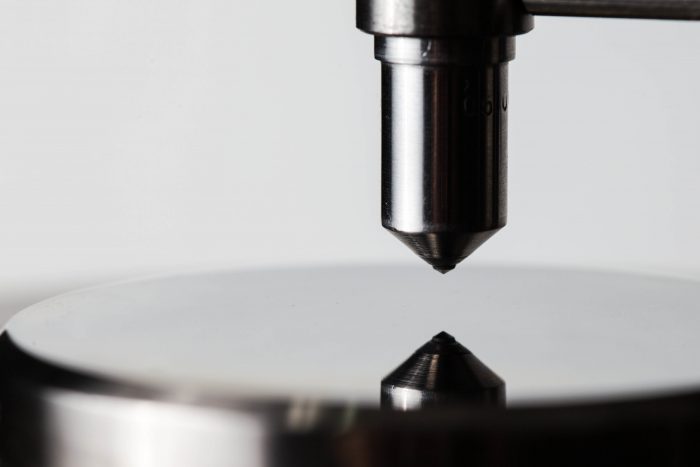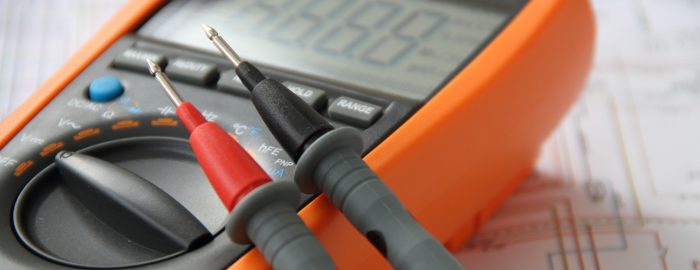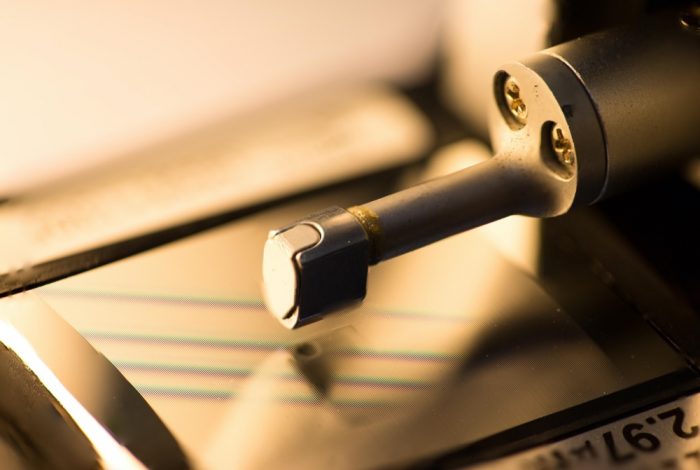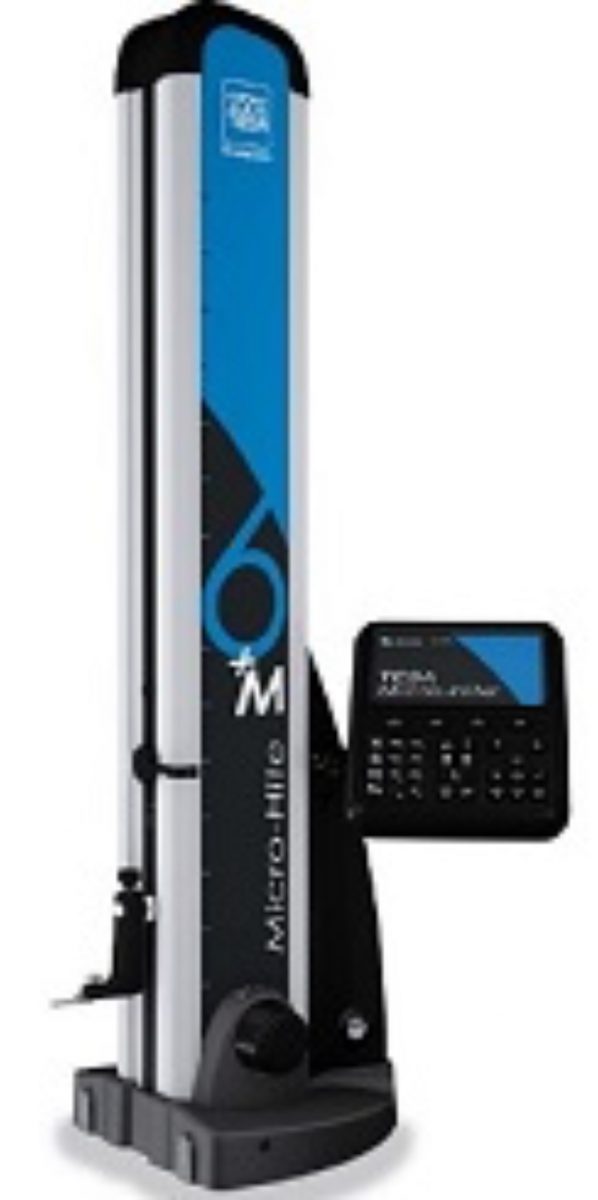The hardness of a material is its inherent property that allows it to withstand abrasion, bending, scratching, cutting or deformation. If your day to day work involves materials manufacturing, you are most likely aware of the importance of a hardness test in allowing you to evaluate the products received from external suppliers and also, the production process of internally manufactured products.
Baseline measurements have to be defined and set in place in order to make sure that your products meet the required quality specifications in terms of strength. However, if you are new to the field, you might be unaware that the hardness of any material is not an intrinsic property but rather, the value obtained from a hardness test stems from a specific measurement sequence. Read on to find out more about hardness testing and how it can be performed!
Types Of Hardness Testing
For many materials in the 21st century, a hardness test comprises of using a device that impacts the material with a defined amount of force over a specific amount of time before measuring the depth of the groove left behind. The commonly used hardness tests that measures the relationship between hardness and the depth of the indentation can be classified into the Rockwell, Brinell and Vickers hardness test.
Rockwell Hardness Test
Rockwell hardness tests is one of the most commonly used hardness tests in the market due to its fast speed and high accuracy in determining the hardness of numerous materials such as metals, plastics and allows. When conducting this test, a hardened steel ball indenter or a diamond cone would be pushed into the material with a test force of 10kgf. Upon attaining equilibrium, more force would be used in order to cause a greater indentation depth. Once equilibrium is reached again, the force is removed, and the permanent depth of the indentation made would be used to determine the Rockwell hardness number of the material.
Additional Benefits Of Hardness Testing
By conducting a hardness test, the results obtained can be used to predict and determine the extent whereby the tested material can perform under various conditions. For example, by measuring the hardness at various temperature and humidity conditions can simulate and allow you to know if the hardness of the material would be impacted by storing it in a humid warehouse. If the hardness measurements remained constant, it indicates that the material can be stored normally. Otherwise, special precautions must then be taken to ensure proper storage of the material. Another instance would be testing the material’s hardness under prolonged exposure to various chemicals. This would allow you to determine the material’s resistance to chemicals and if special caution needs to be taken to ensure the functionality of the material is not affected by a chemical exposure.
Conclusion
All in all, a hardness test is a crucial test that you must adopt in ensuring that your product meets the stated quality specifications.
At Willrich Precision Instrument, we provide a large selection of hardness testers that would definitely meet the rigorous needs of your business! Browse through our exciting inventory and shop for quality surface roughness testers today. If you need assistance with any product purchase, call us at 866-945-5742 or email us at [email protected] today.











